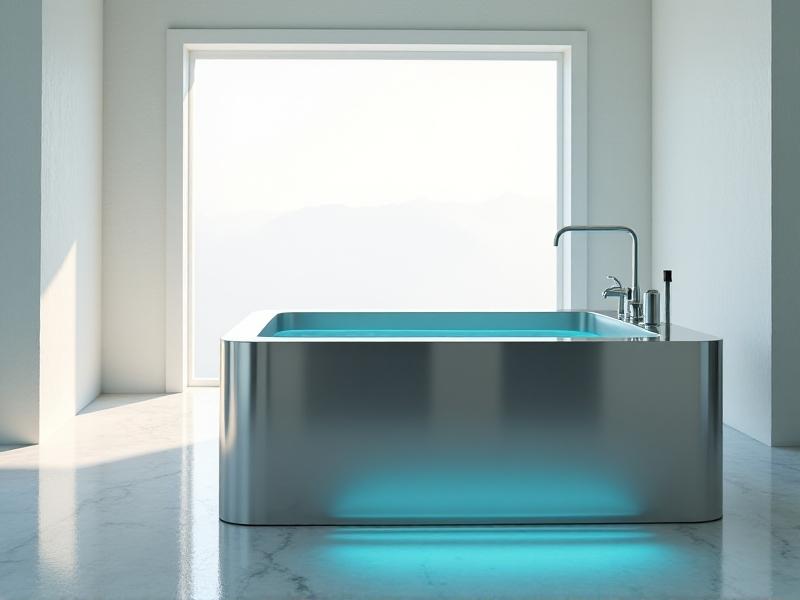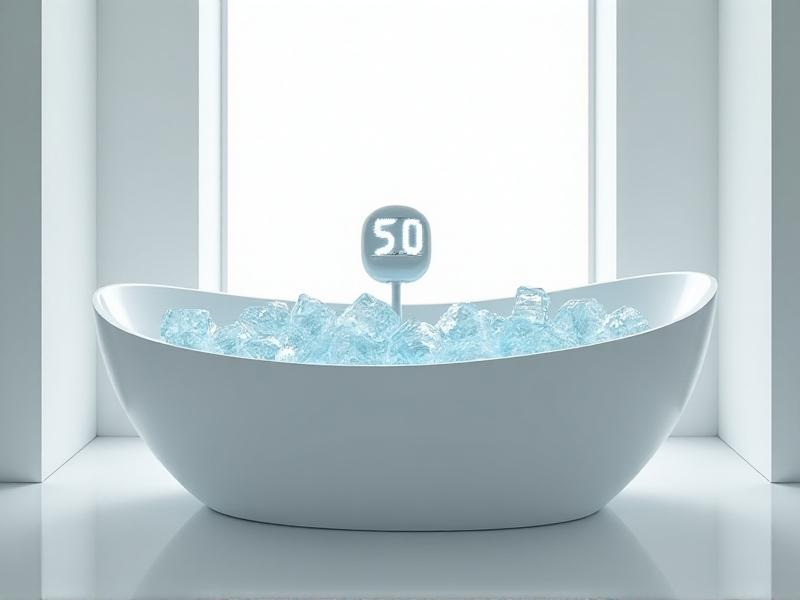Compact Cold Therapy Solutions for Apartments
The Rise of Compact Cold Therapy in Urban Living
Urban dwellers increasingly seek wellness solutions that fit seamlessly into small spaces. Compact cold therapy devices address this need, offering relief from sore muscles, inflammation, and post-workout recovery without requiring bulky equipment. As apartments shrink and urban populations grow, the demand for efficient, space-saving solutions has skyrocketed. Cold therapy, once confined to clinics or large ice baths, now comes in innovative forms tailored for tight living quarters.
From foldable ice packs to portable cryo chambers, these devices prioritize convenience without compromising effectiveness. They cater to athletes, remote workers, and anyone dealing with chronic pain. The shift reflects broader trends in health tech: personalized, accessible, and adaptable to modern lifestyles.
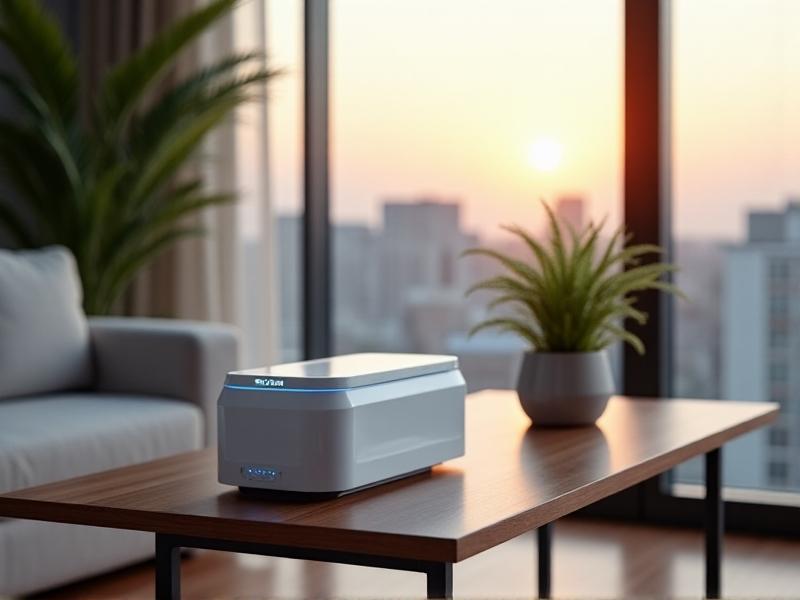
Types of Compact Cold Therapy Devices
Not all cold therapy solutions are created equal. Portable cryo cuffs, for example, wrap around joints and use circulating cold water for targeted relief. Reusable gel packs, often chilled in freezers, mold to body contours and are ideal for quick sessions. Mini cryotherapy chambers, though pricier, use nitrogen vapor to lower skin temperature rapidly, mimicking professional treatments.
Another standout is the electric cold therapy machine—a laptop-sized unit that cools pads electronically, eliminating the need for ice. These devices vary in cost, energy efficiency, and noise levels, making some better suited for apartments than others. Understanding these differences helps users choose options that align with their space and lifestyle.
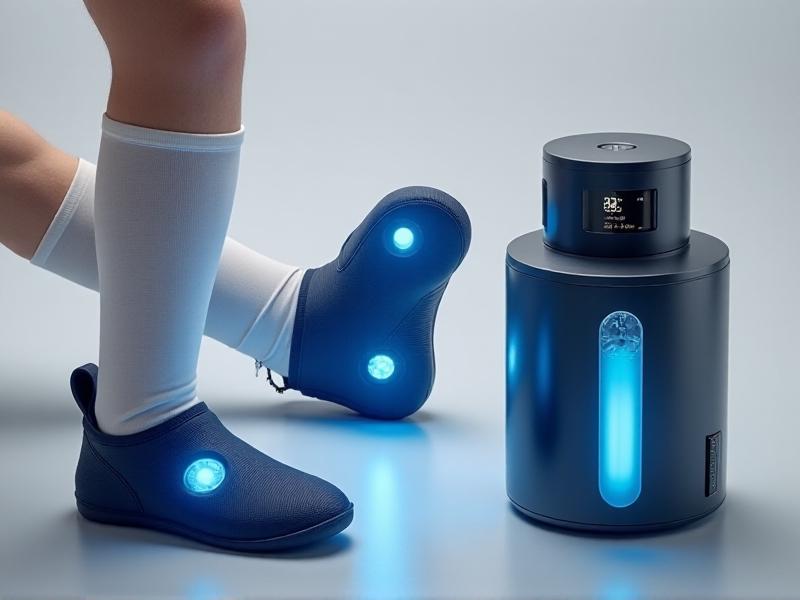
Maximizing Space Without Sacrificing Results
Apartment-friendly cold therapy requires clever storage strategies. Wall-mounted racks or under-bed storage bins keep devices accessible yet out of sight. Multi-use furniture, like ottomans with hidden compartments, doubles as ice pack holders. Some users repurpose mini fridges to chill gel packs while storing snacks—a dual-purpose approach that maximizes every square foot.
Vertical space is also underutilized. Magnetic strips can hold metal-backed cold compacts, while over-the-door organizers stash smaller items. The goal is to integrate these tools into daily routines without clutter, proving that effective recovery doesn’t demand a dedicated “wellness corner.”
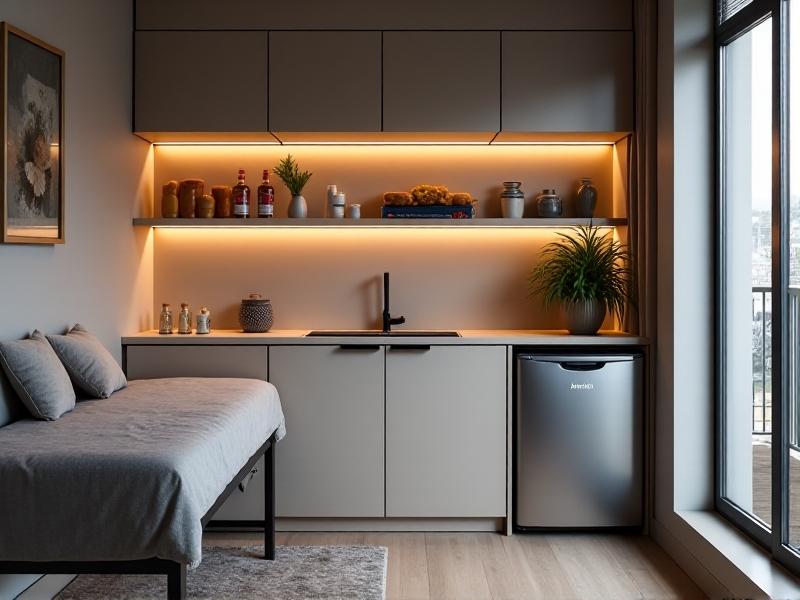
Balancing Cost and Performance
Budget-conscious buyers often face a trade-off: cheaper gel packs require frequent re-freezing, while high-end electric units offer consistent cooling but cost upwards of $200. Mid-range options, like rechargeable cold therapy pads, strike a balance—lasting longer than gel and quieter than compressor-based systems.
Consider long-term savings, too. A $150 device that replaces weekly physical therapy visits pays for itself in months. Look for warranties and energy ratings; an efficient model might add $5 monthly to your electricity bill versus $20 for older, power-hungry designs.
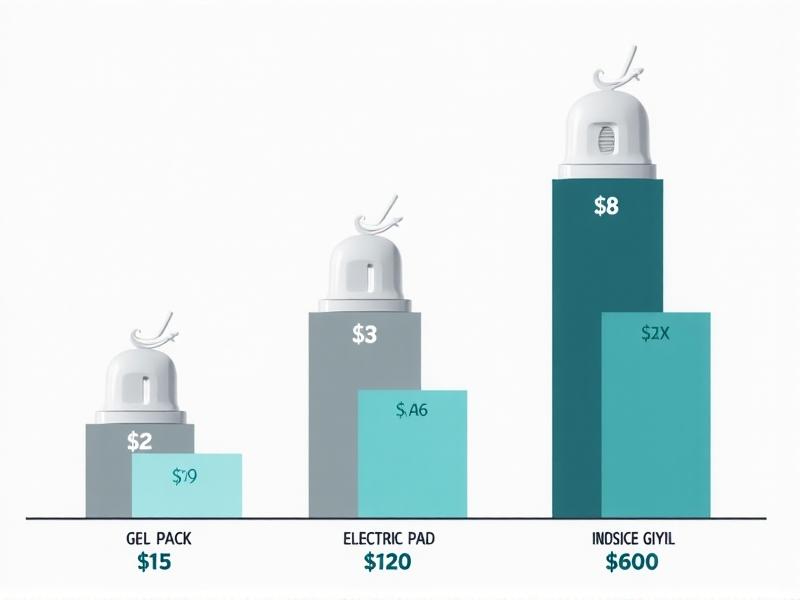
Safety and Quiet Operation in Shared Spaces
Apartments demand quiet, unobtrusive devices. Electric models with noise ratings below 40 decibels (quieter than a refrigerator) prevent disturbances. Frostbite risks rise in small spaces if cold packs are applied too long—stick to 20-minute intervals and use timers.
Shared freezers? Label gel packs clearly to avoid roommates mistaking them for ice cream. Opt for odor-resistant materials, as some silicone covers retain smells after repeated use. Lastly, check device dimensions: a “compact” unit that barely fits on your countertop defeats the purpose.
Future Innovations in At-Home Cold Therapy
Emerging tech promises even smaller footprints. Phase-change materials, which absorb heat without melting, could lead to thinner, lighter pads. App-controlled devices are trending, letting users adjust temperature via smartphone—ideal for multitasking during work breaks.
Another frontier is eco-friendly design. Biodegradable gel packs and solar-powered coolers reduce environmental impact while fitting urban sustainability goals. As apartments evolve, so will the tools to keep their occupants healthy—proving that bigger isn’t always better.


